Electric sockets are essential for powering all your home or office appliances, from your phone charger to kitchen gadgets. Although designed to be durable, like all electrical components, they can damage over time, posing potential safety risks if not replaced when needed.
Replacing electric sockets ensures your electrical system remains safe and functional, preventing potential hazards such as electrical fires or shocks. But how do you know when it’s time to replace them?
In this blog, we’ll explore how often electric sockets should be replaced, the key signs of damage, safety considerations, and tips for maintaining the safety of your electrical system.
Common Signs That an Electric Socket Needs to Be Replaced
Over time, electric sockets may show clear signs of deterioration or malfunction. Identifying these warning signs early can help prevent dangerous situations like electrical fires or power outages.
Here are the most common indicators that your electric socket needs replacing.
Burn Marks or Discoloration
If you notice black or brown burn marks around the socket, this is a major sign of overheating.
It often indicates that wires inside the socket are shorting or generating excess heat, which is a significant fire hazard.
Loose or Wobbly Sockets
Sockets that feel loose when plugging in devices or wobble within the wall are a warning sign.
Loose connections may cause sparks or intermittent power, increasing the risk of electrical shock.
Frequent Tripping of Circuit Breakers
If plugging devices into a socket frequently causes your circuit breakers to trip, this suggests the socket is faulty or overloaded.
This recurring issue should need an immediate replacement.
Sparking or Buzzing Sounds
Hearing a buzzing sound or noticing sparks when using the socket is an indication of a malfunctioning outlet.
This can be caused by internal damage, posing a risk for electric shocks or fires.
How Often Should Electric Sockets Be Replaced in a Home or Office?
Knowing when to replace your electric sockets depends on several factors, such as usage, age, and the condition of the building’s wiring.
Here’s a detailed look at how often you should consider replacing sockets in your home or office environment.
Age of the Sockets
Sockets that are over 15-20 years old should be assessed for replacement.
Older sockets are more prone to wear and often lack modern safety features like surge protection.
Heavy Usage Areas
Sockets that are used frequently, such as those in kitchens, living rooms, or offices, wear out faster.
These high-traffic outlets may need to be replaced more often than those used less frequently.
After Renovations or Upgrades
When renovating or upgrading your home or office electrical system, it’s a good opportunity to replace older sockets to ensure they’re compatible with new electrical loads and appliances.
Presence of Aluminum Wiring
Homes and buildings with aluminum wiring, common in older constructions, may require more frequent socket replacements as this type of wiring is prone to degradation and overheating.
Regular Electrical Inspections
Having an electrician conduct regular inspections can help identify sockets that need replacing before they cause problems. Proactive maintenance is key to safety.
Can Replacing Electric Sockets Improve Energy Efficiency?
You might be surprised to learn that replacing old or faulty sockets can actually help improve your home or office’s energy efficiency.
Here’s how upgrading electric sockets can make a difference in your energy consumption.
Modern Sockets Have Better Efficiency
Newer sockets are designed to handle electrical loads more effectively. They provide better contact with plugs and reduce energy loss that can occur with worn-out or loose connections.
This ensures smoother power flow, resulting in less energy wasted.
Reduced Risk of Power Leaks
Old or damaged sockets can lead to power leaks where electricity is wasted, even when devices are not in use.
Replacing these sockets can help prevent unnecessary energy loss. This can also lower your monthly electricity bills, making your home more energy-efficient.
Surge-Protected Sockets Save Energy
Surge-protected sockets can secure your devices from power surges, reducing the risk of damage and energy loss. They ensure stable power delivery, which can lead to more efficient energy use.
By avoiding energy spikes, you not only protect appliances but also reduce overall energy consumption.
Smart Sockets for Optimised Power Use
Upgrading to smart sockets allows you to monitor and control energy usage. These sockets can be programmed to turn off automatically when not in use, helping you cut down on electricity costs over time.
Smart technology helps you take full control of your energy usage, promoting more sustainable living.
Conclusion
Replacing electric sockets is crucial for maintaining safety and energy efficiency in your home or office. Recognising the signs of damage, such as burn marks, loose connections, or sparking, can help you act before serious problems arise.
Regular inspections and upgrading to modern, efficient sockets can not only prevent hazards but also improve your energy usage.
If you suspect your sockets are outdated or faulty, don’t wait for problems to worsen. Contact Unique Electrical today for a professional assessment and replacement service.
Our expert electricians in Ireland are ready to help you ensure your home’s electrical system is safe and efficient.



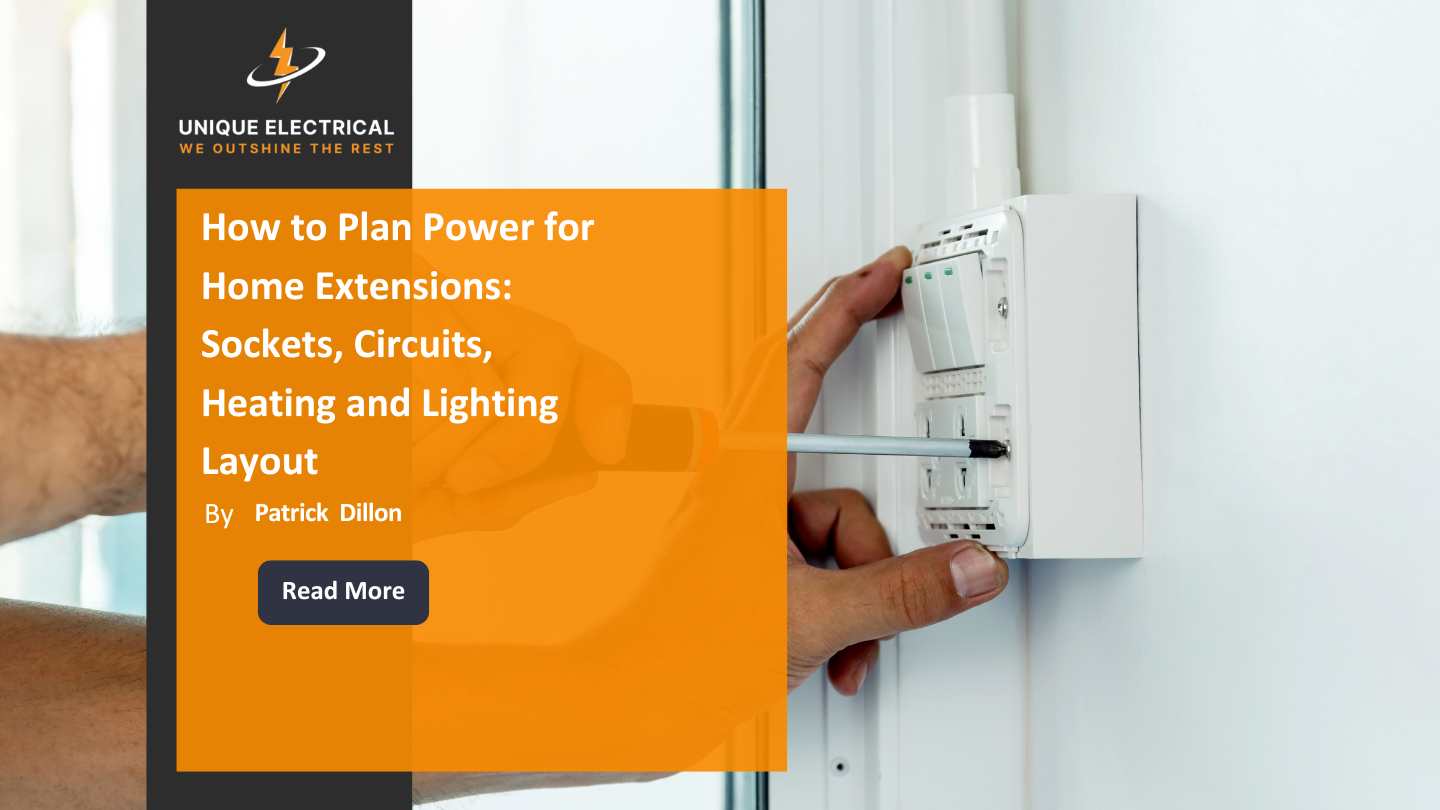




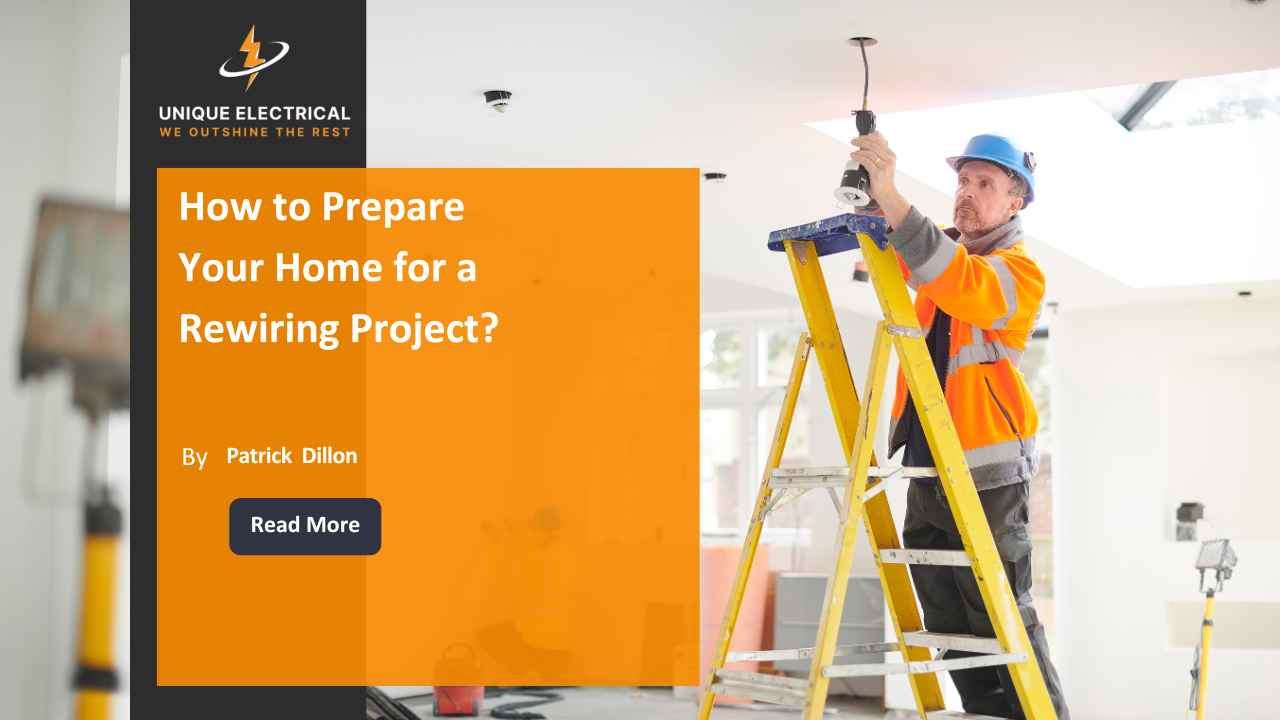


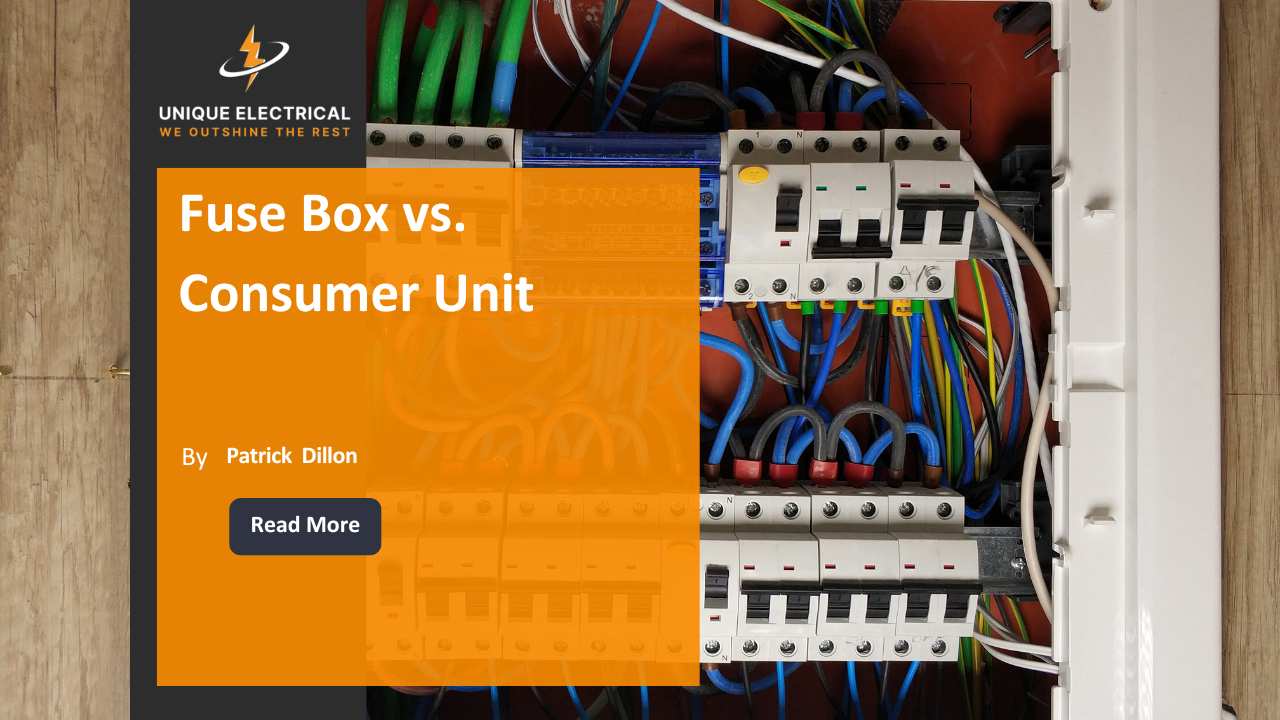
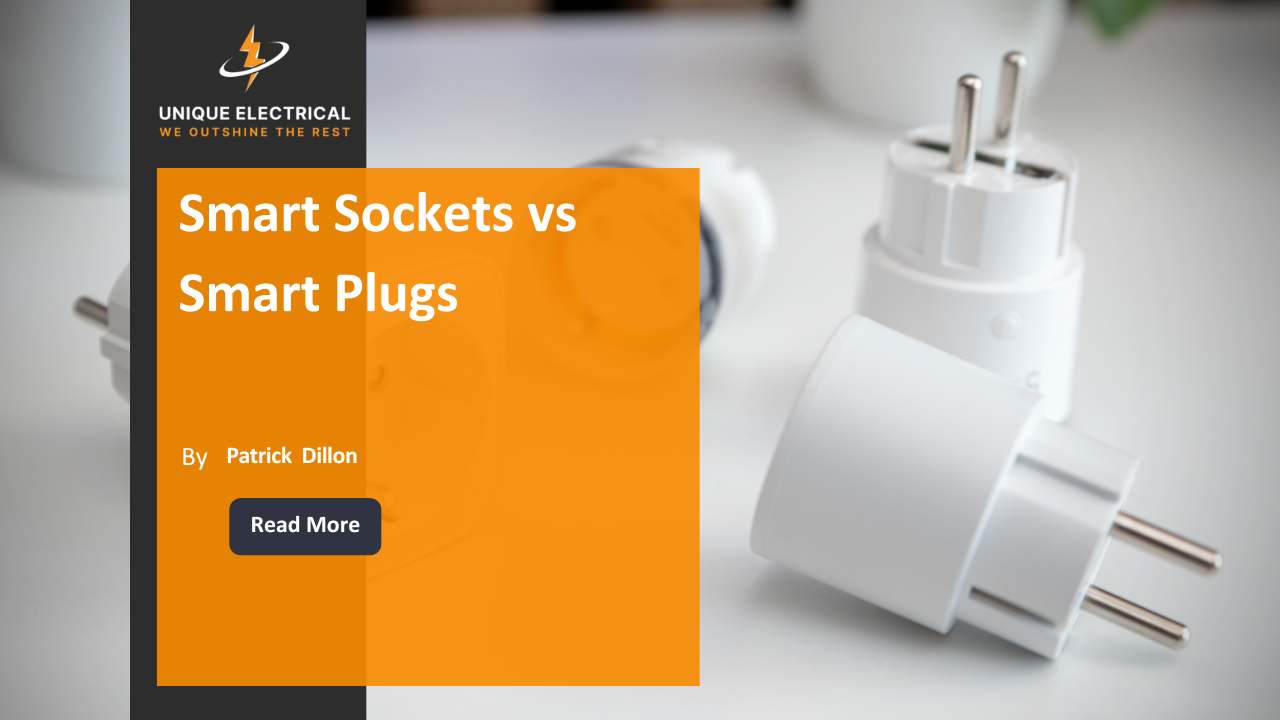
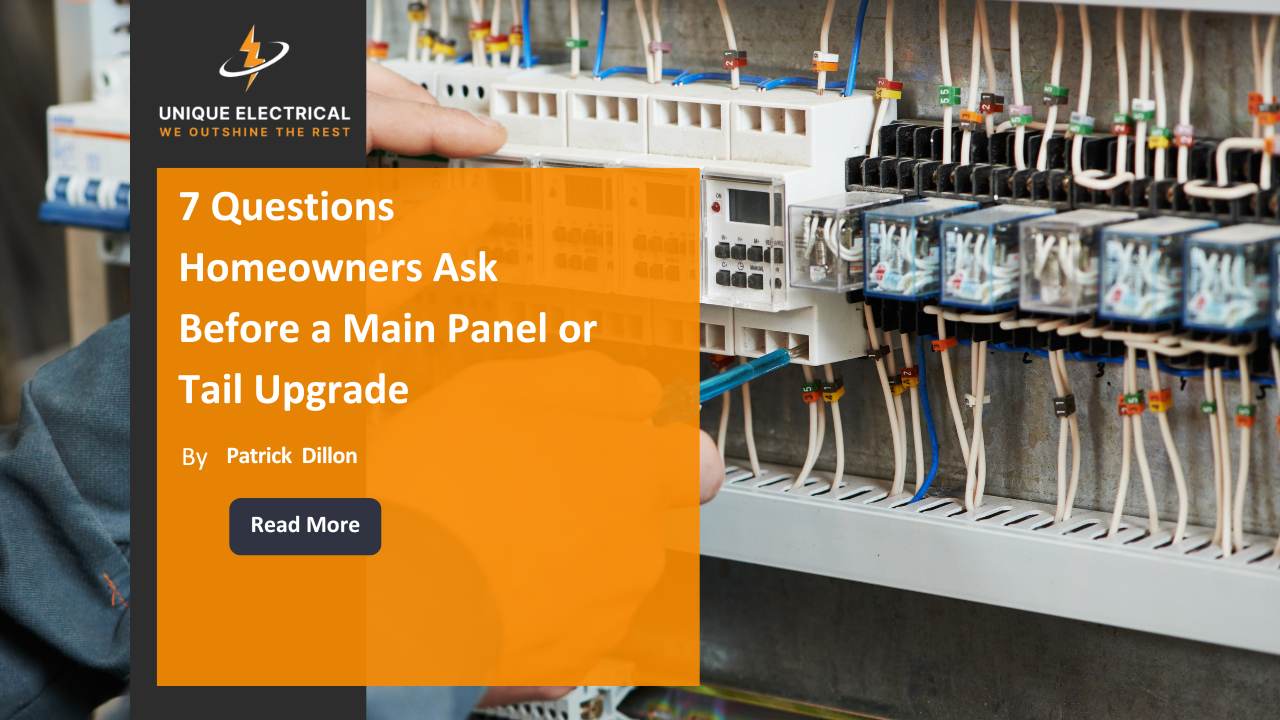
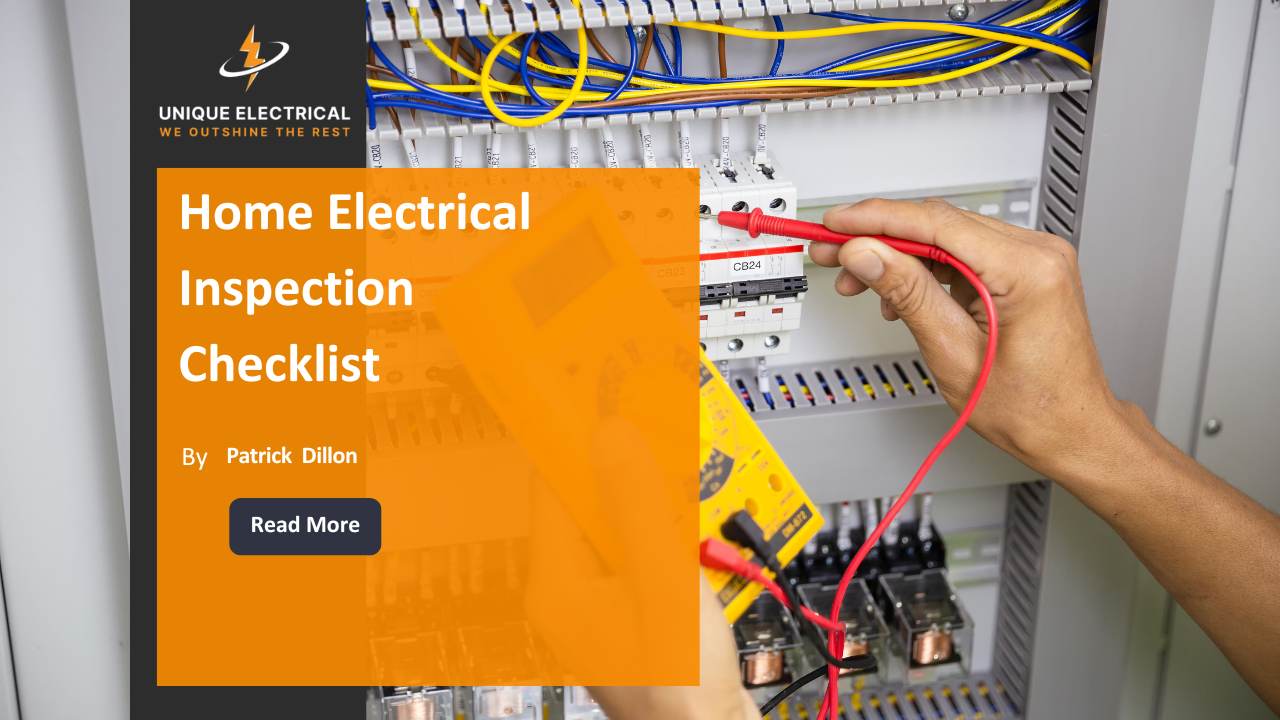
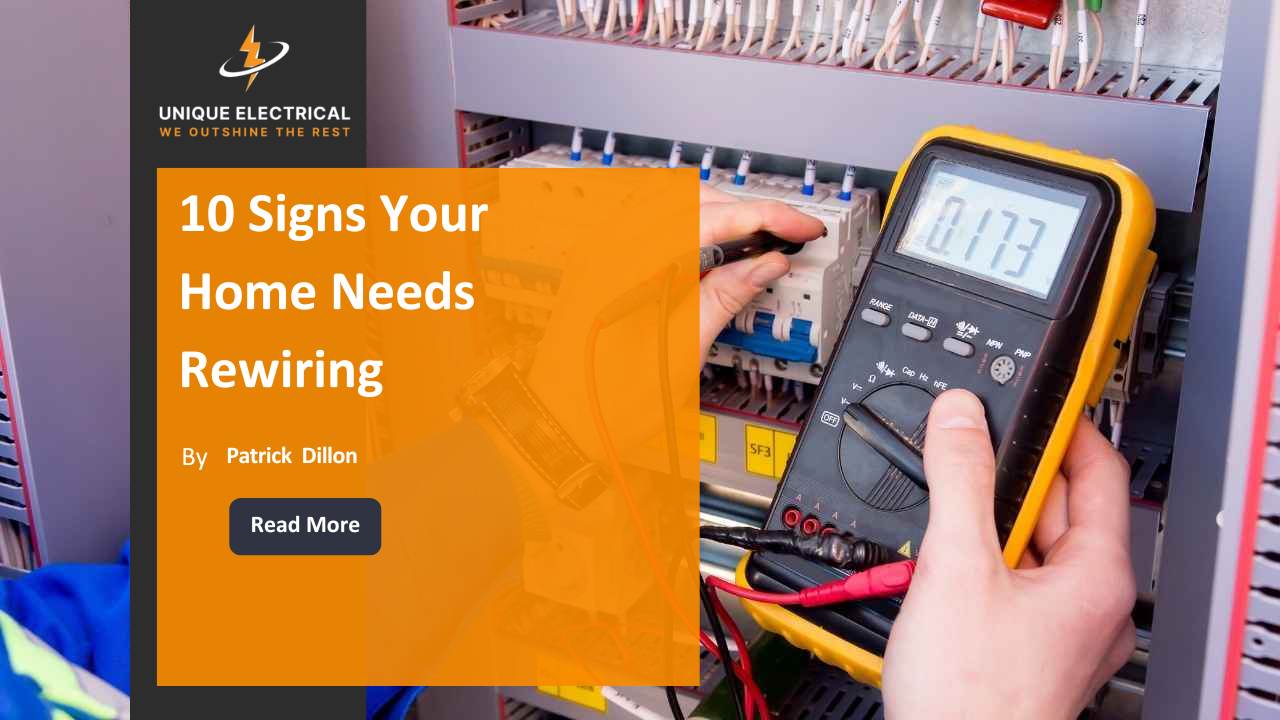

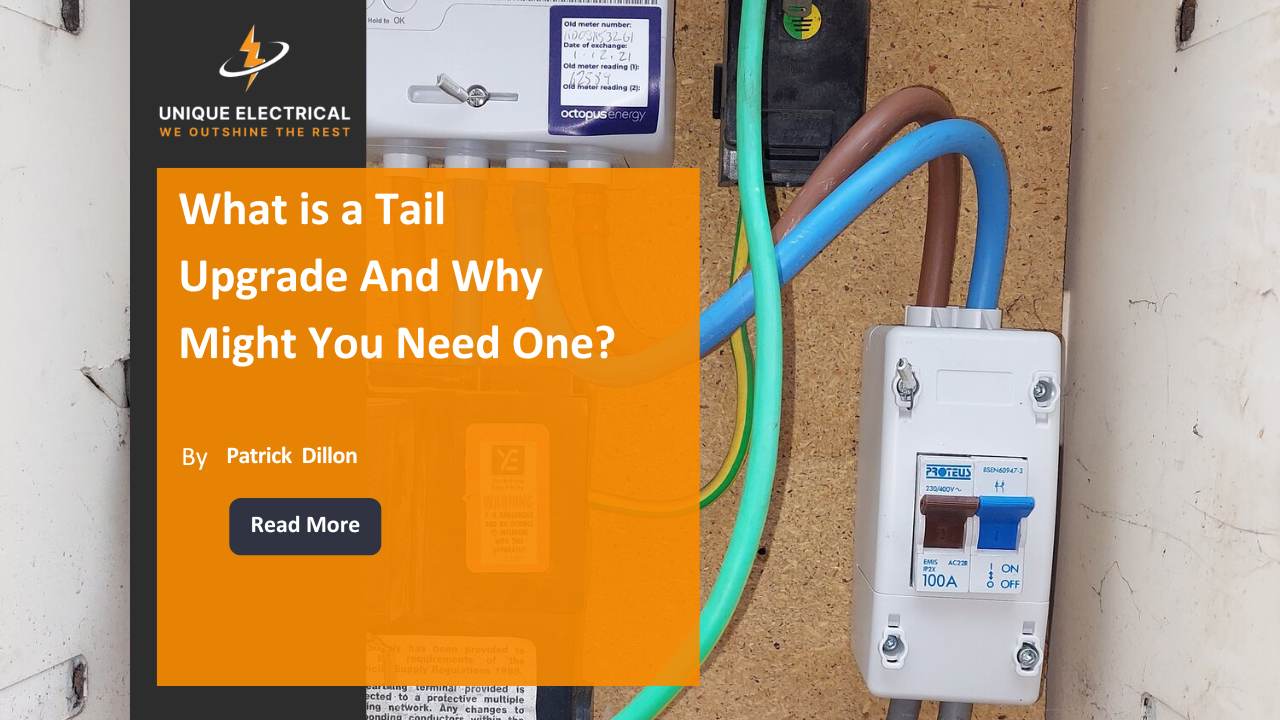












.jpg)

.jpg)




























